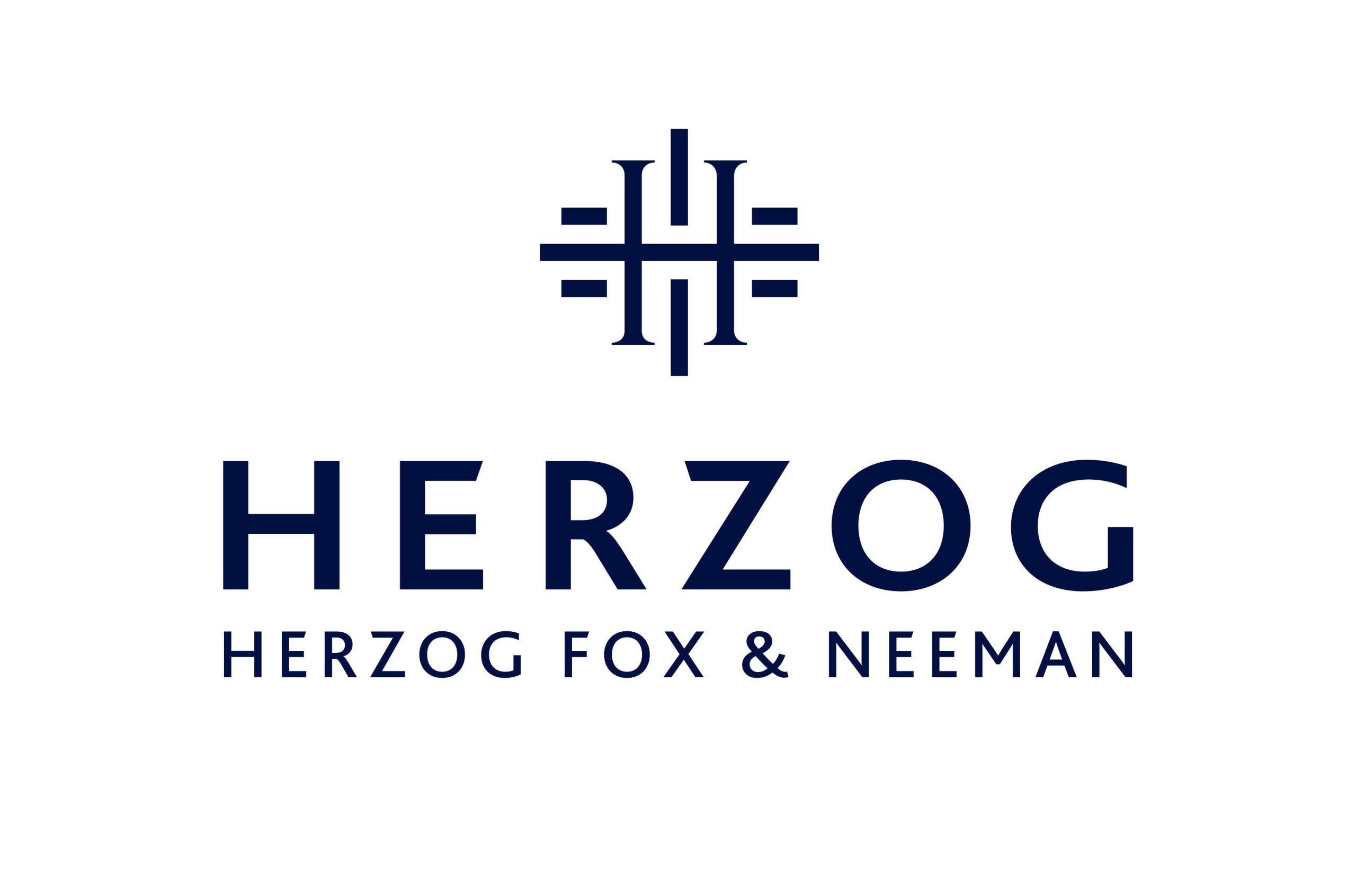New EU Guidelines Require Enhanced Transparency of Search Results Ranking
9 December 2020
09/12/2020
Technology & eCommerce Regulation in the Spotlight
The European Commission (“EC“) has adopted guidelines for online platforms with regard to enhanced transparency of their search results ranking parameters (“Guidelines“).
These guidelines are pursuant to Regulation 2019/1150 on Promoting Fairness and Transparency for Business Users of Online Intermediation Services (“Regulation“). The Regulation was published in June 2019 and recently entered into force (see our related report).
Both the Regulation and the Guidelines apply to providers of intermediation services, such as eCommerce market places, app stores and to providers of online search engines (collectively “Providers“).
Article 5 of the Regulation requires transparency with regard to factors that influence the platforms’ search result rankings. The purpose is to improve predictability and help the Providers’ business users to improve the representation of their goods or services. These new Guidelines aim to help facilitate the compliance of Providers with the transparency requirements.
The EC sets out several general considerations that can be derived from the objective of Article 5. Providers are required to follow a user-oriented approach, by providing meaningful explanations of their ranking mechanism in each of their services, in a detailed, yet plain and intelligible language. The EC recommends using presentational tools beyond a written description.
The Providers’ explanation has to consist not only of the main parameters that influence their search result ranking mechanism but also the reasons for their relative importance as opposed to other parameters.
The determination of the main parameters and their relative importance must be assessed by Providers on a case-by-case basis. In order to asses which parameters are the main ones, the EC recommends to consider those that were in the base of the design of the algorithm in the first place. The EC also highlights that with regard to the relative importance of each main parameters, Providers are not expected to provide the exact weighting of each factor.
The guidelines provide various examples of possible ranking parameters. These examples include, inter alia, the page’s loading speed, accessibility and security measures, consumer reviews and complaints, factors that are used for personalization (e.g. consumers’ interests, search behavior, geographic location, etc.) and more.
Specifically, where direct or indirect remuneration is one of the main parameters determining ranking, the Regulation sets an explicit obligation to describe such paid rankings possibilities, as well as their influence on the ranking.
The Providers’ explanations must also remain up to date, therefore Providers have to regularly consider changes that effect the explanation’s accuracy. Updating the explanation may be required in various cases, such as experiments (e.g. A/B testing), material temporary changes and use of new techniques (such as machine learning).
The Guidelines highlight that there may be cases where several separate explanations may be required. For example, several explanations may be required where parameters vary when services are offered through different devices, when the service is operated across different territories and domains, or when there is a syndication or sub-syndication of search results.
The EC also elaborates on certain safeguards available for the Providers, aimed to prevent manipulation of the ranking mechanism. The EC emphasizes that notwithstanding the abovementioned requirements, Providers do not need to disclose a detailed functioning of the mechanism. This safeguard is aligned with the EU Trade Secrets Directive. In addition, the Regulation allows Providers not to disclose any information that with ‘reasonable certainty’ would result in consumer deception or harm.
The Guidelines are a part of the EC’s efforts to shape the EU digital market. Further new and comprehensive digital regulations, namely the ‘Digital Services Act’, are expected to be published by the EC promptly.
These developments demonstrate the increased regulatory scrutiny with regard to digital platforms, especially in the EU. Feel free to contact us if you have any questions regarding the compliance of your platform and the effects that these developments may have on it.
****************************************
Feel free to contact us with any further question or comments regarding the update and subjects detailed above.
Kind regards,
Ariel Yosefi, Partner
Head of Technology & eCommerce Regulation
Herzog Fox & Neeman





